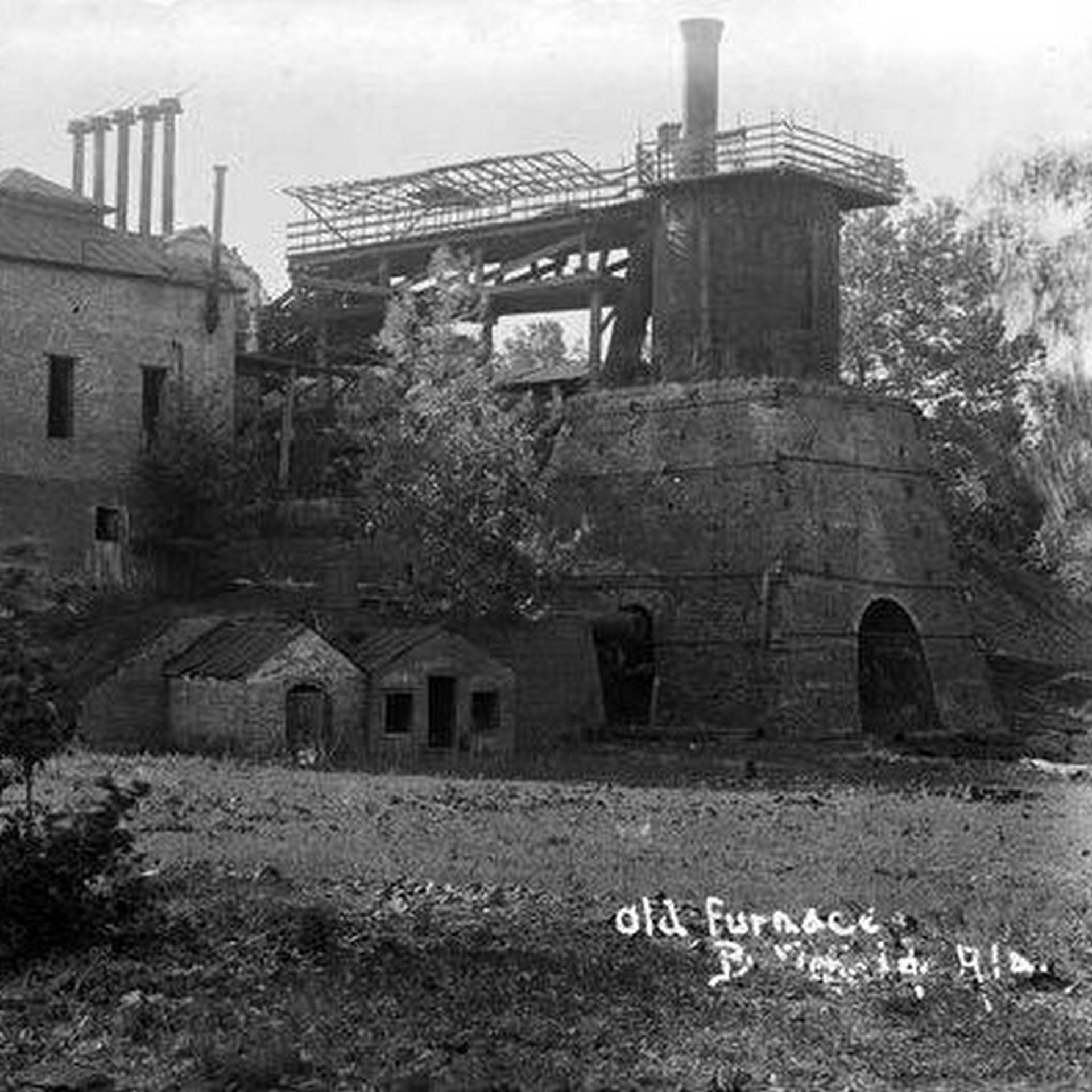Our History
The History of Brierfield Ironworks
In a hollow, beside a wet weather stream that would forever after be known as Furnace Branch, a group of men calling themselves the Bibb County Iron Company built a furnace in 1862. Spurred on by the desire to make a fortune from the South’s desperate need for iron for war materials, the company was soon producing, in the words of a contemporary iron founder, “the toughest and most suitable iron for making guns above any other iron in the South.”
The notoriety for making superior iron so impressed Richmond that in 1863, the Confederate government purchased the ironworks and soon added a second furnace and rolling mill.
Of course, this reputation for making iron did not go unnoticed by Union authorities either. In the early morning hours of March 31, 1865, the Federal Tenth Missouri Cavalry saddled up in Montevallo and dashed to the Brierfield Ironworks. Within minutes, the works were in flames.
After the war, the former Chief of Confederate Ordnance, and future University of Alabama president, Josiah Gorgas, organized a company to repair and operate the works. But these efforts ended in failure, and from 1873 to 1880, the furnaces at Brierfield were silent.
Then, in the early 1880s, Thomas Jefferson Peter came to town. A former general manager of the Atchison, Topeka and Santa Fe Railroad, Peter had big plans and money to back them up. He made Brierfield boom. Everything was new, better or bigger, and Brierfield was called the “Magic City of Bibb County.”
By the end of the decade, however, the future was not so bright. The huge metal furnaces in the new city of Birmingham could produce ten times as much iron per day as the old brick furnace at Brierfield. Peter struggled on. Finally, in the cold darkness of Christmas Eve morning, 1894, the Brierfield furnace blew out forever.
